| description |
A colorful species with a bluish-white body and a reddish color pattern. The two reddish-orange bands on the wings extending downwards from the thorax typically have sharp right angles on the inside, forming a bluish "box". The bluish pattern on the lower, middle half of the wings resembles the outline of an arrowhead when viewed from above, with an orange center. The mesonotum is pale, ranging in color from yellow to orange. The pronotum is largely orange, with a broad "M" shape extending across it; the rest of the pronotum is bluish. The top of the head has a yellowish-green to orange pattern with parallel submedial lines; the midline of the head however is orange to red, a key characteristic for this species. The face is brown or black, and the thoracic venter is entirely dark. Adults are 2.7-3.0 mm long. (Dmitriev & Dietrich, 2007) |
| comments |
There are three species of Erythroneura that feed on dogwood and are very similar in appearance; this includes E. rubrella which is a vibrant red color, E. corni which has extensive red markings on the head (compared to E. rubrella, which has limited, less bold markings and has a brighter red color pattern), and E. ontari which has a less vibrant and bold color pattern. A fourth species that feeds on grape, E. rubra, is also very similar in appearance to E. rubrella and E. corni, though it has a pale midline on the top of the head. Due to the similarity between these four species, in some situations a species level identification may not be possible, or be a best guess at most. |
Species Photo Gallery for Erythroneura rubrella No Common Name |
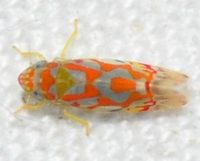 | Photo by: Kyle Kittelberger
Wake Co.
Comment: mixed hardwood forest habitat | 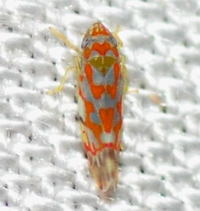 | Photo by: Kyle Kittelberger, Brian Bockhahn, Paul Scharf
Warren Co.
Comment: mixed hardwood, open forest near lake edge |
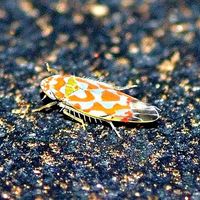 | Photo by: Paul Scharf
Warren Co.
Comment: Attracted to Light |  | Photo by: Kyle Kittelberger
Wake Co.
Comment: mixed hardwood forest habitat |
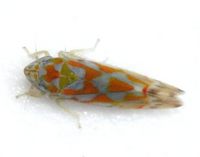 | Photo by: Kyle Kittelberger
Wake Co.
Comment: mixed hardwood forest habitat |  | Photo by: Paul Scharf, B. Bockhahn
Rockingham Co.
Comment: Caught seeping |
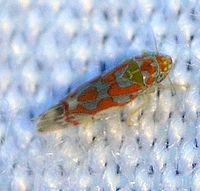 | Photo by: Paul Scharf, B Bockhahn
Stanly Co.
Comment: Attracted to UV Light |  | Photo by: Kyle Kittelberger
Wake Co.
Comment: |
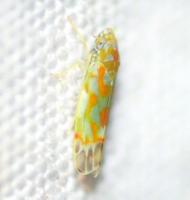 | Photo by: Kyle Kittelberger
Wake Co.
Comment: |  | Photo by: Kyle Kittelberger
Wake Co.
Comment: |
 | Photo by: Kyle Kittelberger
Wake Co.
Comment: | 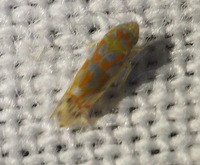 | Photo by: Randy Emmitt
Orange Co.
Comment: very very small. Came to UV light. - unid_leafhopper |
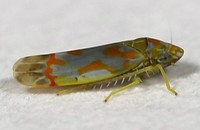 | Photo by: Rob Van Epps
Mecklenburg Co.
Comment: Came to UV light. Yard near woods. | 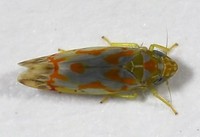 | Photo by: Rob Van Epps
Mecklenburg Co.
Comment: Came to UV light. Yard near woods. |
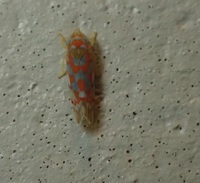 | Photo by: Erich Hofmann
New Hanover Co.
Comment: https://www.inaturalist.org/observations/57078320 |  | Photo by: Erich Hofmann
New Hanover Co.
Comment: https://www.inaturalist.org/observations/57078320 |
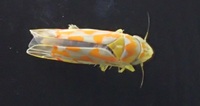 | Photo by: Erich Hofmann
New Hanover Co.
Comment: https://www.inaturalist.org/observations/57078320 | 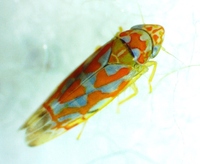 | Photo by: Ken Kneidel
Mecklenburg Co.
Comment: 2.7 mm, found indoors in a room with an often open window and a flowering dogwood just outside |
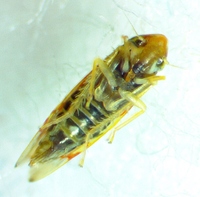 | Photo by: Ken Kneidel
Mecklenburg Co.
Comment: 2.7 mm, found indoors in a room with an often open window and a flowering dogwood just outside |  | Photo by: Ken Kneidel
Mecklenburg Co.
Comment: 2.7 mm, found indoors in a room with an often open window and a flowering dogwood just outside |
 | Photo by: Ken Kneidel
Mecklenburg Co.
Comment: 2.9 mm, came to UV light at night |  | Photo by: Lior Carlson
Orange Co.
Comment: |
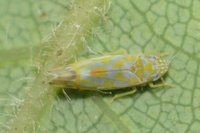 | Photo by: Scott Bolick
Forsyth Co.
Comment: | 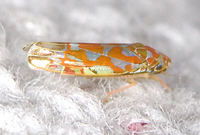 | Photo by: Jim Petranka
Madison Co.
Comment: |
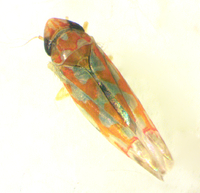 | Photo by: Ken Kneidel
Mecklenburg Co.
Comment: | 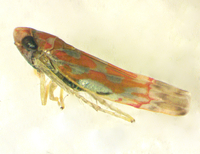 | Photo by: Ken Kneidel
Mecklenburg Co.
Comment: |
 | Photo by: Ken Kneidel
Mecklenburg Co.
Comment: |

 »
»



 »
»

